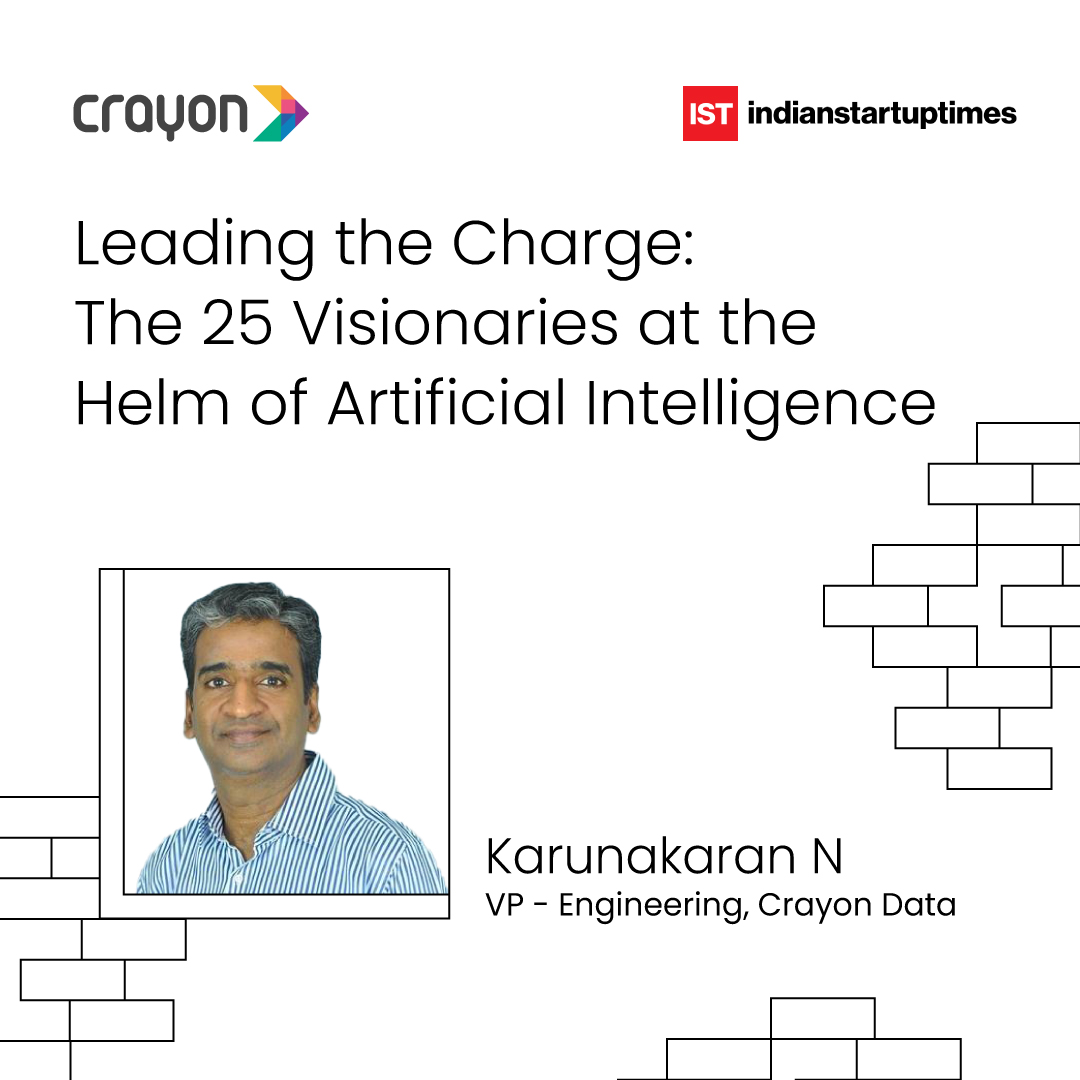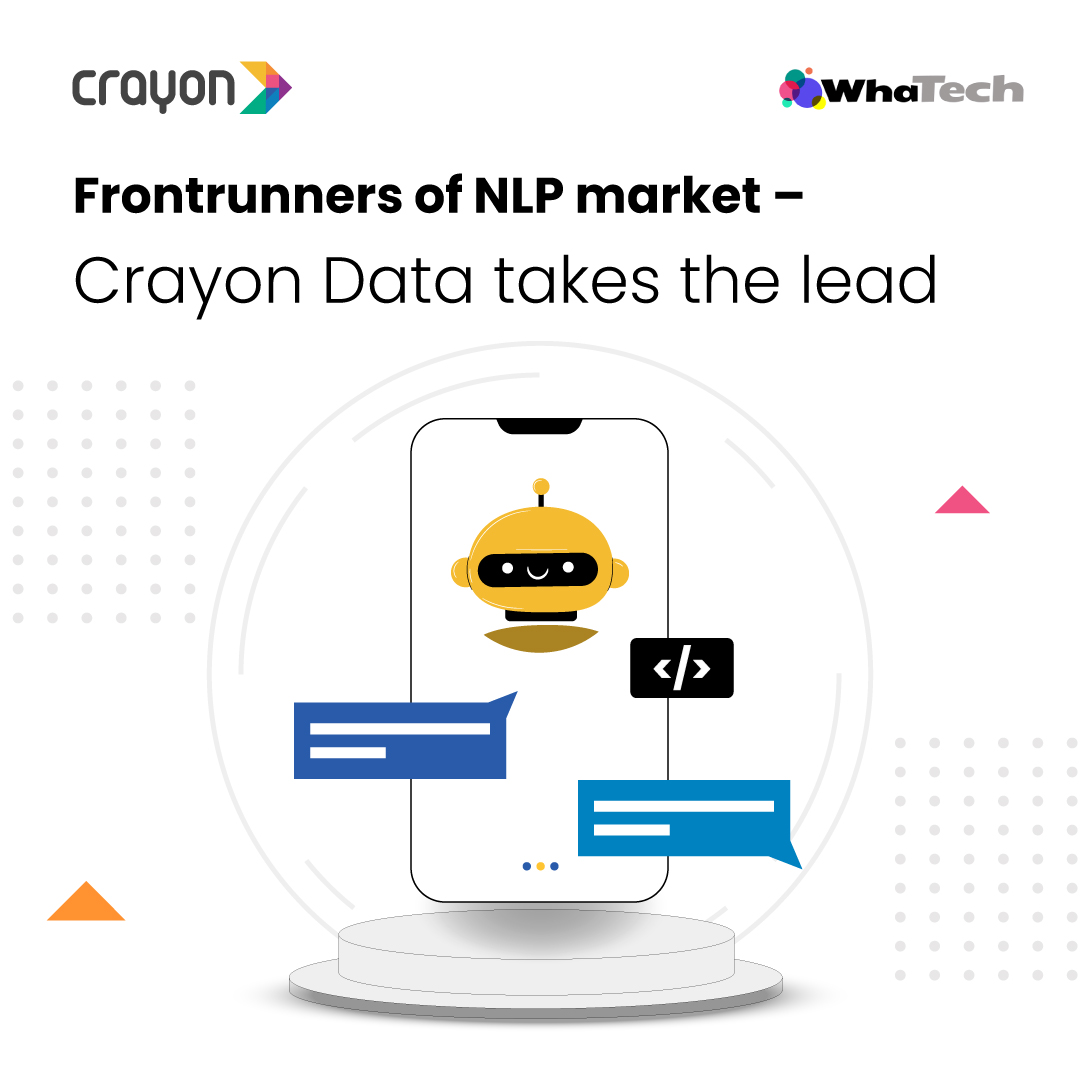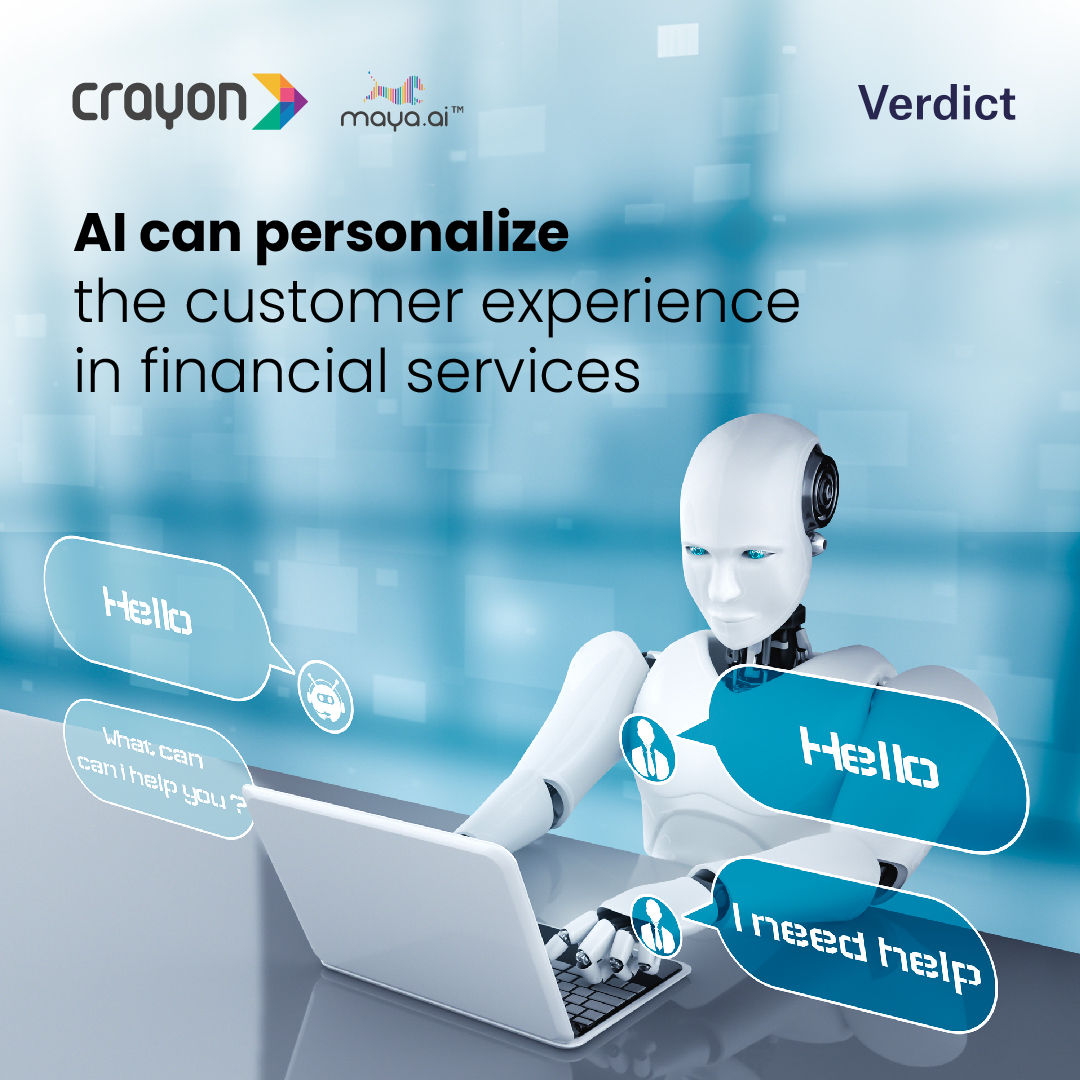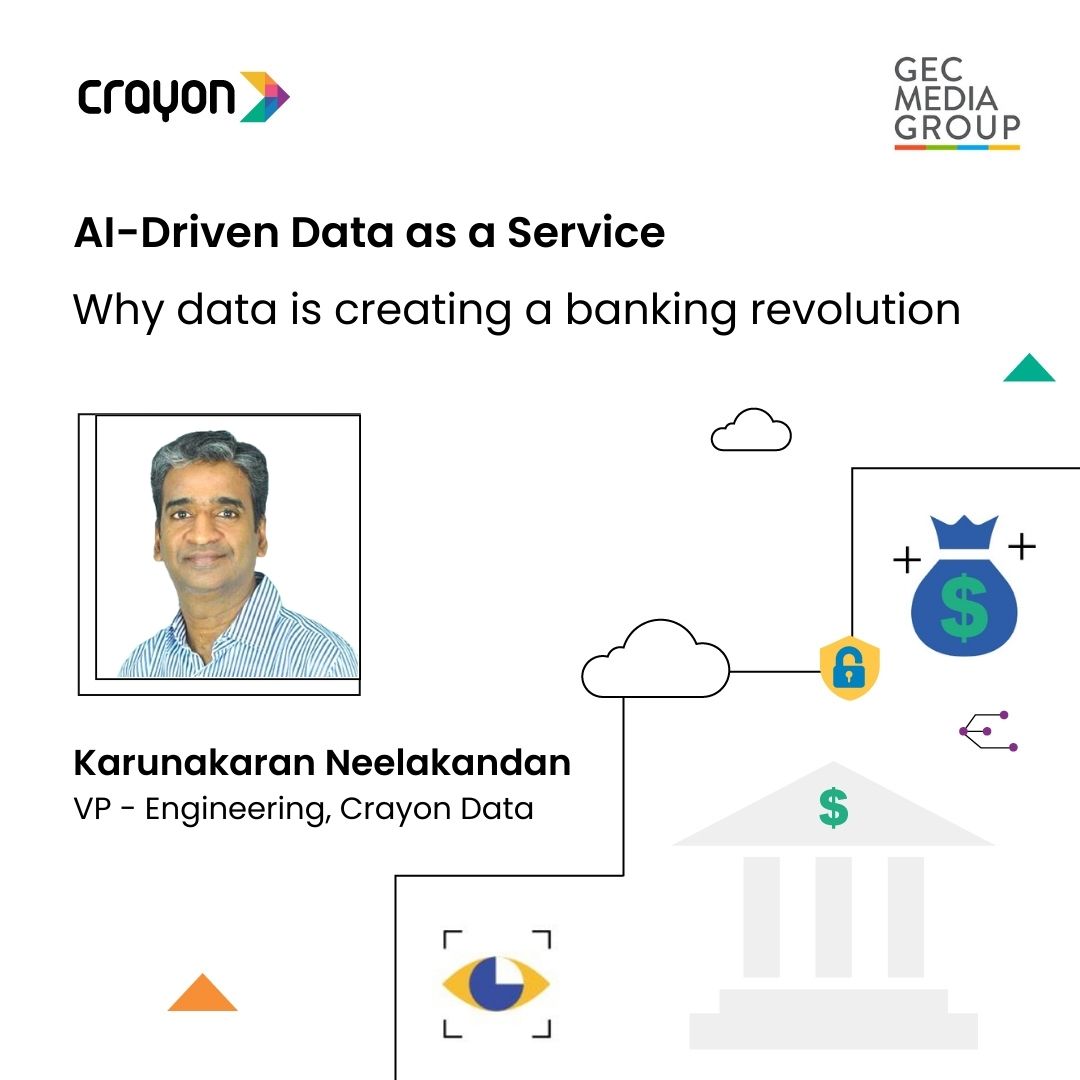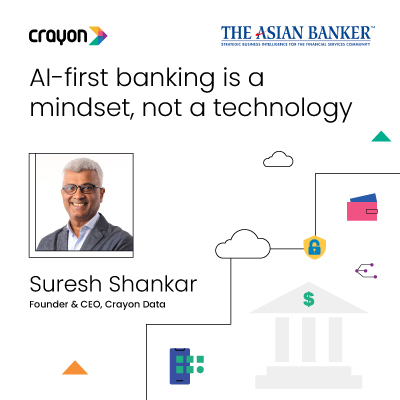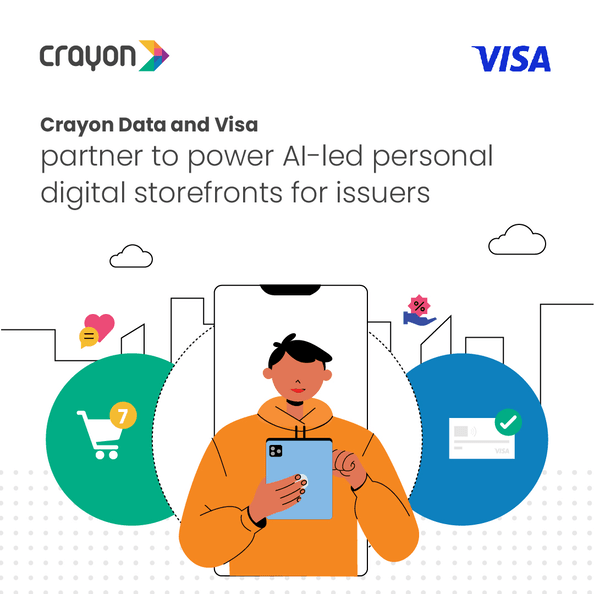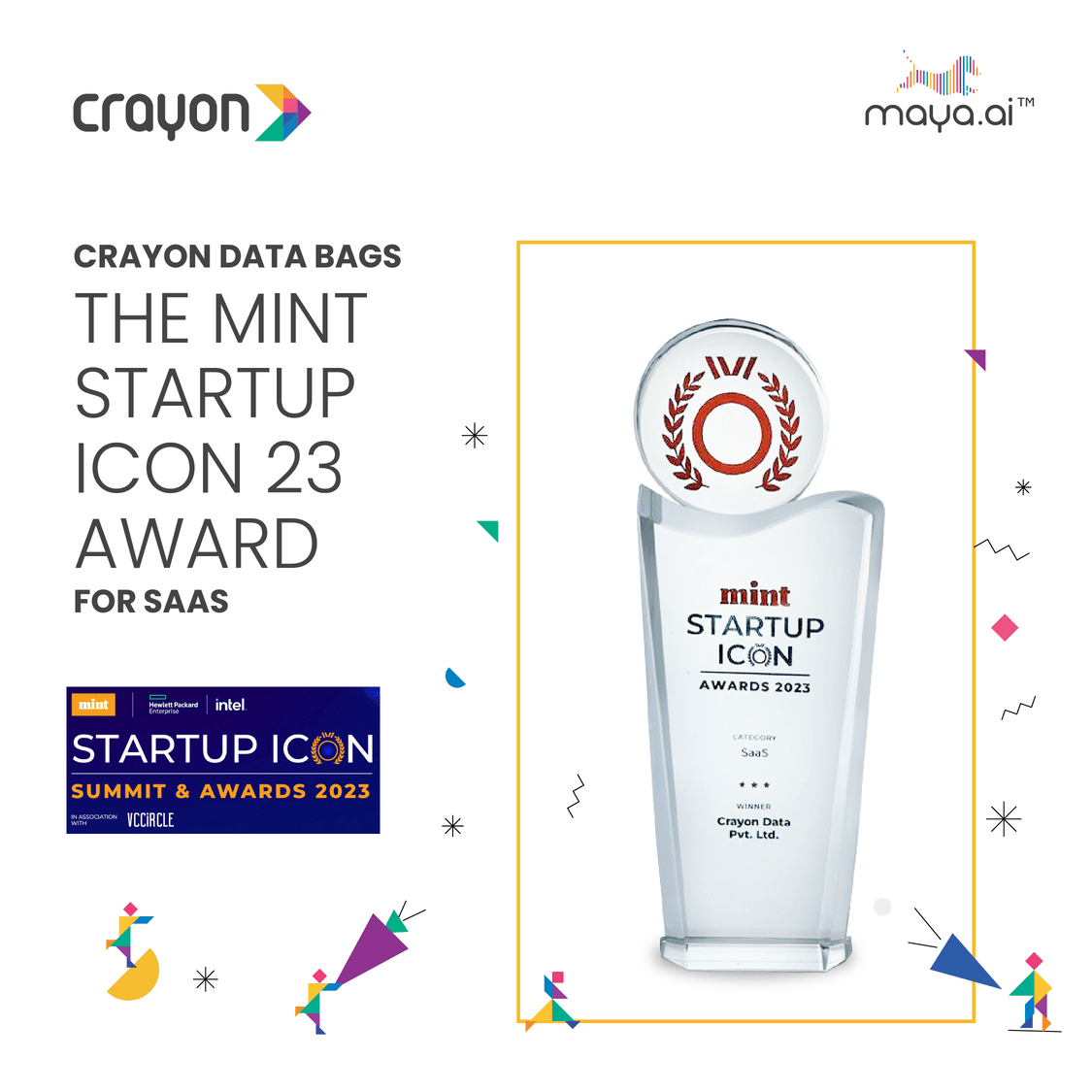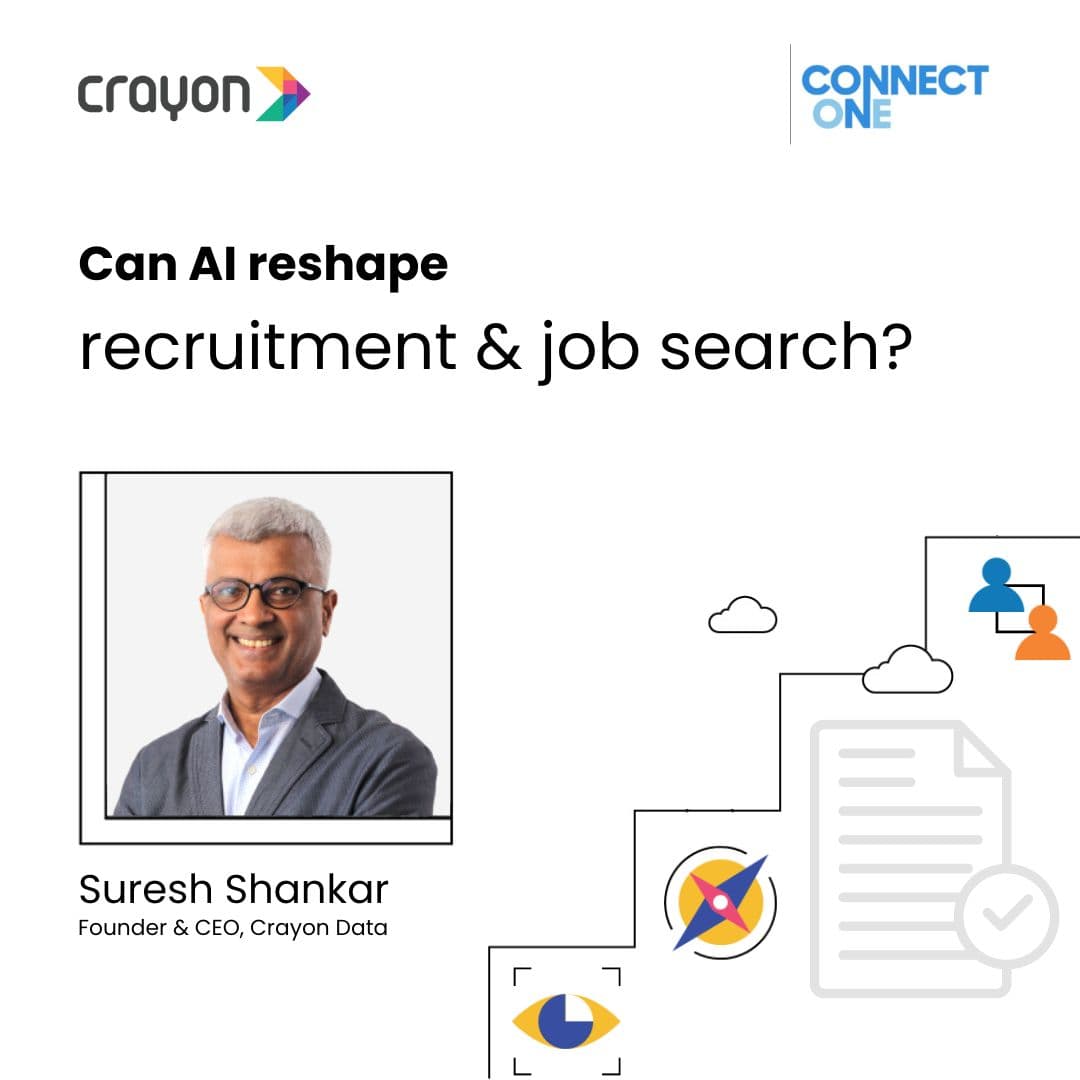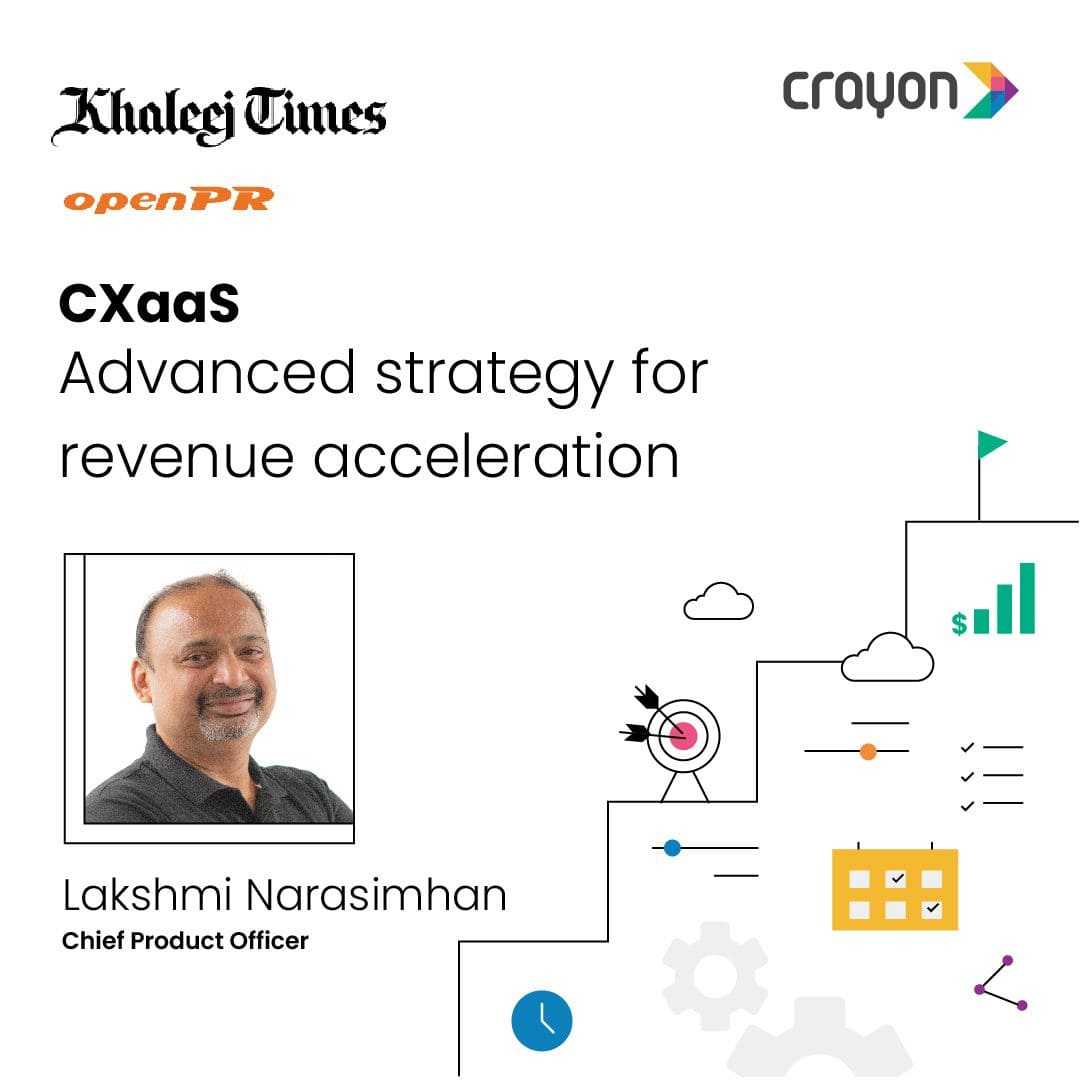Date: June 16, 2022
Source: ELETS BFSI
As customers increasingly move towards cloud technology, the need for SaaS products is on the rise. The core banking systems are becoming defunct and chipping away at the edges, with technology evolving, especially around payments. Picking it as a service brings down the risk of funding the wrong projects. This also poses a scenario where tech could move from edge to core on the functioning of the bank, to understand the challenges that the traditional banks are currently facing. Nidhi Shail Kujur of Elets News Network (ENN) interacted with Vidhyashankar Sriram Vice President, Client Solutions, Crayon Data.
What are the challenges that traditional banks currently face when trying to apply existing customer data to improve customer experience and retention?
There are two challenges prevailing across traditional banks.
1) Legacy Core systems are not data friendly: The core systems are built in a non-data- centric era. Consequently, banks need to figure out newer and innovative ways of getting the data out. The end-to-end deployment cycle for a bank to drive 20-variable data out of its legacy systems, churn it into a specific output and collaborate with an external fintech system would be a minimum of 6 months. Contrastingly, neo-banks and payment systems would do the same in just a few days.
2) The inability to split business actionable data from the more sacrosanct financial data: For a bank, the same IT framework usually handles a system to debit the account balance and a chat bot to handle customer queries. This hinders the pace at which simpler use cases get deployed. Finally, we end up with bulky non-intuitive interfaces as there is no way to experiment.
Overall, customer touch points are being taken away by the fintech and digital enterprise world. Banks are turning into a balance sheet provider than a customer engagement provider.
How can BFSI enterprises use tech and AI (Artificial Intelligence) effectively to put their data to use?
A customer’s bank account or credit card is the only piece of information that they carry for every transaction they do. The closest is Telcos. This gives banks the advantage of having the best seats in the game. This can translate to guiding customers in their lifestyle choices and could influence every financial decision they take along the course.
Across multiple touch points, banks can now guide on
1) Lifestyle choices (Spend)
2) Banking product choices (Lend)
3) Choices around what/where they want to invest in (Save)
If we look internally, money once inside a bank, turns into data. Every process inside a financial services firm is submerged in a deluge of data. For instance, bankers are so used to traveling to their branches and auditing them. But if the branch functioning is throwing out data, can we centrally sit and track them continuously? It makes the process continuous!
Imagine that rather than the branch getting ‘prepared’ for an audit, there is a central AI-led model that is continually watching their every step.
What are the key technology trends you are seeing regarding the future of banking?
The transition to the cloud has now become a reality. It is no longer an option or a choice. The explosion of what data can be captured makes classical data warehousing platforms prohibitively costly. It also isolates them from collaborating and partnering with the larger financial ecosystem.
As customers increasingly move towards cloud technology, the need for SaaS products is on the rise. The core banking systems are becoming defunct and chipping away at the edges, with technology evolving, especially around payments. Picking it as a service brings down the risk of funding the wrong projects. This also poses a scenario where tech could move from edge to core on the functioning of the bank.
In today’s Age of Information, attention has become a scarce resource. It has been commodified as an integral part of the revenue generation model across businesses. Customer experience has now become a battle for attention now, more than ever. With enterprises going digital, customer touchpoints are increasing, thereby challenging enterprises to unify experiences across all channels.
Let’s talk personalization: can you share some stellar examples of how BFSI has implemented personalization to increase the share of the wallet?
- Personalization around lifestyle choices: Travel-led cards have taken personalization to the next level. They are now destination recommenders rather than passively being a card that just provides travel benefits.
- Personalization around being a part of the lending journey: By not only taking the customer to the right merchant but also providing personalization regarding pricing and value that will resonate with the customer’s requirements
- Providing the right products at the right time: Especially for health/travel insurance or opting for FX conversion or the kind of investment products they should be buying
What would you recommend to enterprises in a Build vs Buy scenario regarding AI enablement? What are the benefits you see for ‘buy’?
I would unsurprisingly pick the Buy side! I have shown my preference by investing my personal career in it by moving from a bank to an AI firm.
The biggest advantage of Build is the ability to monetize what you make as a product and sell it later – (e.g, i-flex was a product built by a bank), But the downside is that there is pressure to sustain a full suite of talent internally.
The biggest advantage of Buy is that you are a part of the product journey post the first purchase as well. This means you have access to upgrades and newer versions, thereby leaving the job to experts.
How is Crayon Data enabling the AI journey for banks?
Crayon Data is a Singapore based big data and AI company. Identified by Gartner as one of the top 40 digital personalization providers. Crayon enables top tier clients across industries like banking, digital wallets and travel & hospitality to have personalized conversations with each of their customers, across various communication channels. maya.ai is an AI-led platform designed to bring traditional enterprises the ability to provide Netflix like digital personalized experiences at speed and scale.
To briefly capture our journey
Step 1: We become good at writing the best ensemble of models for business problems. The focus was on matching the millions of customers (abstracted as needs) on the buy side and millions of merchants (abstracted as choices) on the sell side.
Step 2: Banks had concerns translating personalization into offers as they had a short supply of merchant tie-ups. So, Crayon got into the space of providing offers as well. This is our Bazaar proposition where we connect merchants to the banks.
Step 3: Data into the cloud in the right shape became a problem for banks. So, we are now in the Data as a Service (DaaS) space. Thereby enabling banks to be AI ready not just for Crayon but fintech ready for the world.
What’s ahead for Crayon?
Let me restrict myself to what’s ahead for Crayon Data in the financial services space. Keep in mind that the core problem of matching the right demand with supply extends to marketplaces, B2B businesses & E-Commerce. While we will keep looking for more banks that are interested in our solution, we are now expanding in line with how financial services are transforming. That translates into enabling our solutions to become sharper and compatible in the wallets and neo-banking space. We have been fortunate to have some of the largest banks & wallets across India, Middle East and South East Asia in our customer portfolio already. This helps us to have a vantage point in witnessing large volumes of business yet small enough to be nimble and design for the future.



